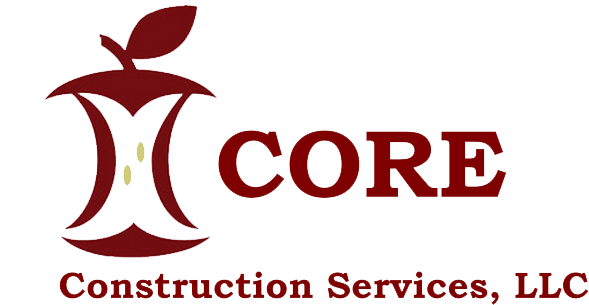![]()
Q. How much information do you need to develop a conceptual or order-of-magnitude cost estimate? How long does it take to develop a conceptual estimate?
A: We need very little information to develop our initial conceptual estimate. Typically, we would need the approximate GSF (Gross Square Footage), anticipated number of floors, region where building is to be built, and any cost-impacting existing conditions that will need to be addressed prior to, and during construction. Most of the cost information needed for a conceptual estimate is then pulled from CORE’s historical cost database, and adjusted for location and escalation. The entire process can sometimes be completed in about a week.
Q: When working as an Owner Representative, how does CORE manage the cost of a project during the design phase?
A: Cost Control is the most important task that CORE manages during design. Our team takes a very proactive role during all levels of design, to insure that the Owner’s budget expectations are not exceeded. Project success is dependent on a close evaluation of design development. This is achieved by periodic page-turn meetings with the architect and engineers to eliminate unexpected overruns.
Q: What services does CORE provide when working for a GC in a Lump Sum project?
A: We develop detailed scopes of work for all trades, which are used as a check list prior to the bid deadline, to insure that subcontractor’s prices reflect the complete scope of their respective trade.
We also develop a preliminary schedule and cost estimate of the general conditions/general requirements, based on the number of weeks anticipated to complete a project. This cost estimate will include salaries and expenses for management staff, trailers, dumpsters, temp fence, etc.
Q: What is CORE’s role when a project is designed utilizing BIM?
A: In order for the design to utilize 5D BIM, CORE will develop a detailed initial estimate, usually at schematic design. We work closely with the design team to upload this estimate into the Revit model, and tag the major elements of the design, so cost information will be linked to these major elements. As design develops, this linking of cost data with design elements continues, allowing the estimate to evolve with the Model.
